Edusaster
In crisis contexts, schools are often among the first to bear visible damage. Some are reduced to rubble, while others must quickly be repurposed into makeshift shelters for families seeking refuge — their hallways and classrooms filled with stories of both despair and resilience.
Amid this turmoil, the backpack becomes a striking symbol of hope. For children uprooted by violence or disaster, it is more than just a bag carrying books and supplies — it represents the thread connecting them to the possibility of a better future. Whether worn or new, these backpacks evoke routines once taken for granted: morning classes, friendships formed in the playground, and the sense of safety once provided by a school’s four walls. Even when those walls have crumbled or been transformed into temporary havens, young learners cling to their backpacks as a steadfast commitment to continue their education.
Damaged or destroyed buildings underscore the fragility of educational systems during emergencies. Beyond the physical structures, these devastated spaces reflect the abrupt interruption of learning, growth, and security — breaks that can leave lifelong marks.
In Lebanon, where war left residential buildings abandoned and entire neighbourhoods scarred, schools quickly turned into shelters: desks became dining tables, and blankets replaced chalkboards. In Turkey, the 2023 earthquake reduced classrooms and residential towers to piles of debris. And in Ukraine, the ongoing conflict forced countless students to leave both homes and schools, their education continuing in improvised settings — from metro stations to temporary shelters.
Yet even in these darkest moments, education remains a cornerstone of hope and recovery. It offers children and communities a sense of stability — a place to heal and rebuild both personally and collectively. Even when sporadic or held under improvised conditions, classes restore a sense of normalcy and continuity. They provide not only academic learning but also psychosocial support, a safe space to grow and to dream again.
No matter the disaster’s location or scale, the children’s determination to learn reveals the indisputable power of education as a tool for survival, adaptation, and the rebuilding of entire communities.
One in four of the world’s school-age children live in regions affected by conflict, natural disasters, or disease outbreaks. Nearly 78 million of them are missing out on education entirely, receiving poor-quality instruction, or are at risk of dropping out altogether.
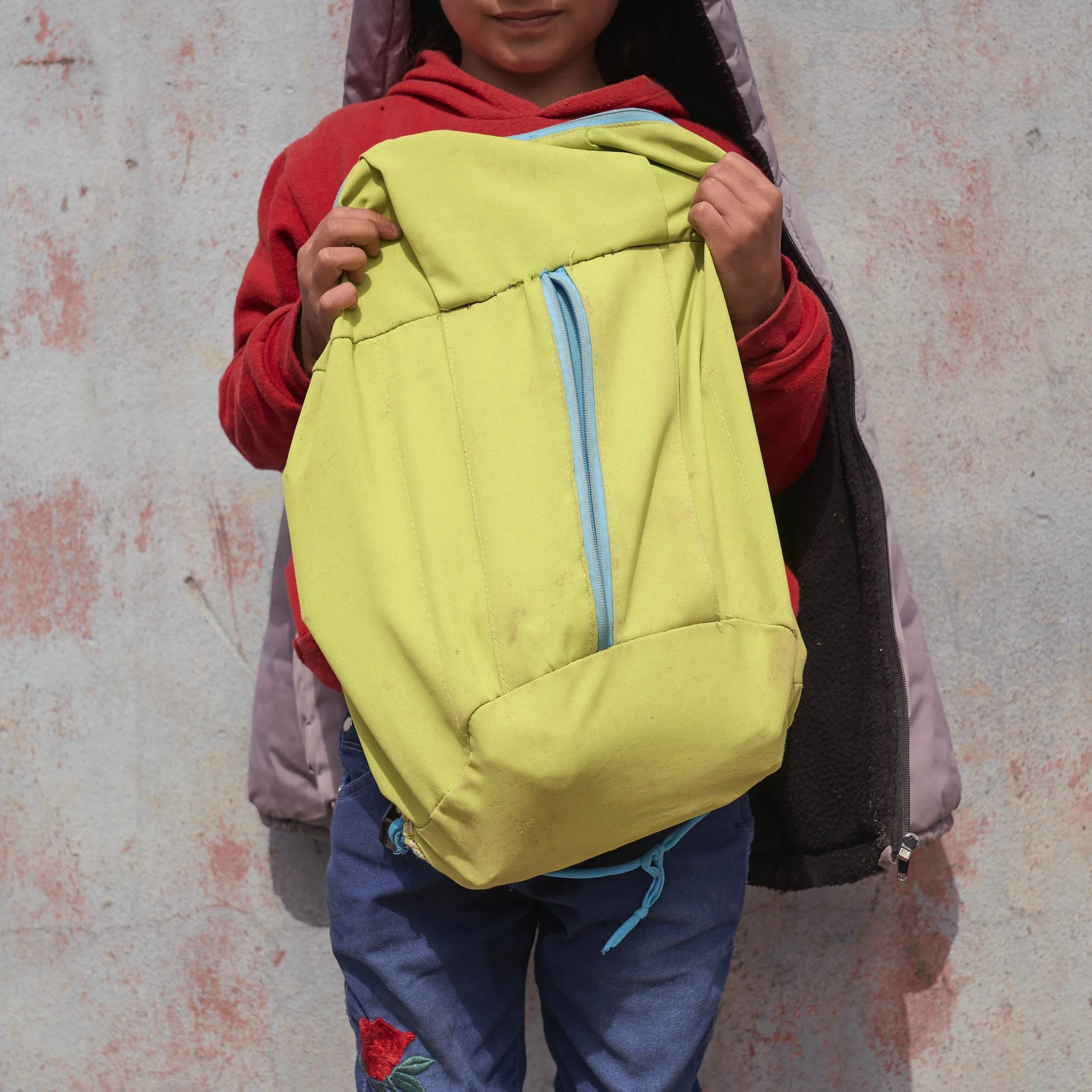
Alya, 10 years old. Tepehan, Hatay (Turkey) - 2024

“Success in learning, success in life!” Bombed school entrance. Over 1,600 schools have been hit since 2022; classes often move to shelters or online. Kharkiv (Ukraine) - 2024

Hassan, 7 years old. Tyre (Lebanon) - 2024

High school entrance damaged and abandoned after the earthquake. Post-quake checks kept many schools partially closed; temporary classrooms and split shifts ran into 2024. Islahiye, Gaziantep (Turkey) - 2024

A middle school classroom inhabited by ones of the 1.2 million people who fled during the war. Public schools doubled as shelters, disrupting timetables and pushing lessons off-site or online. Tyre (Lebanon) - 2024

Christina, 8 years old. Kiev (Ukraine) - 2024

Entrance gate of a collapsed primary school. Hatay was among the worst hit; many schools stayed out of service pending structural clearance. Antakya, Hatay (Turkey) - 2024
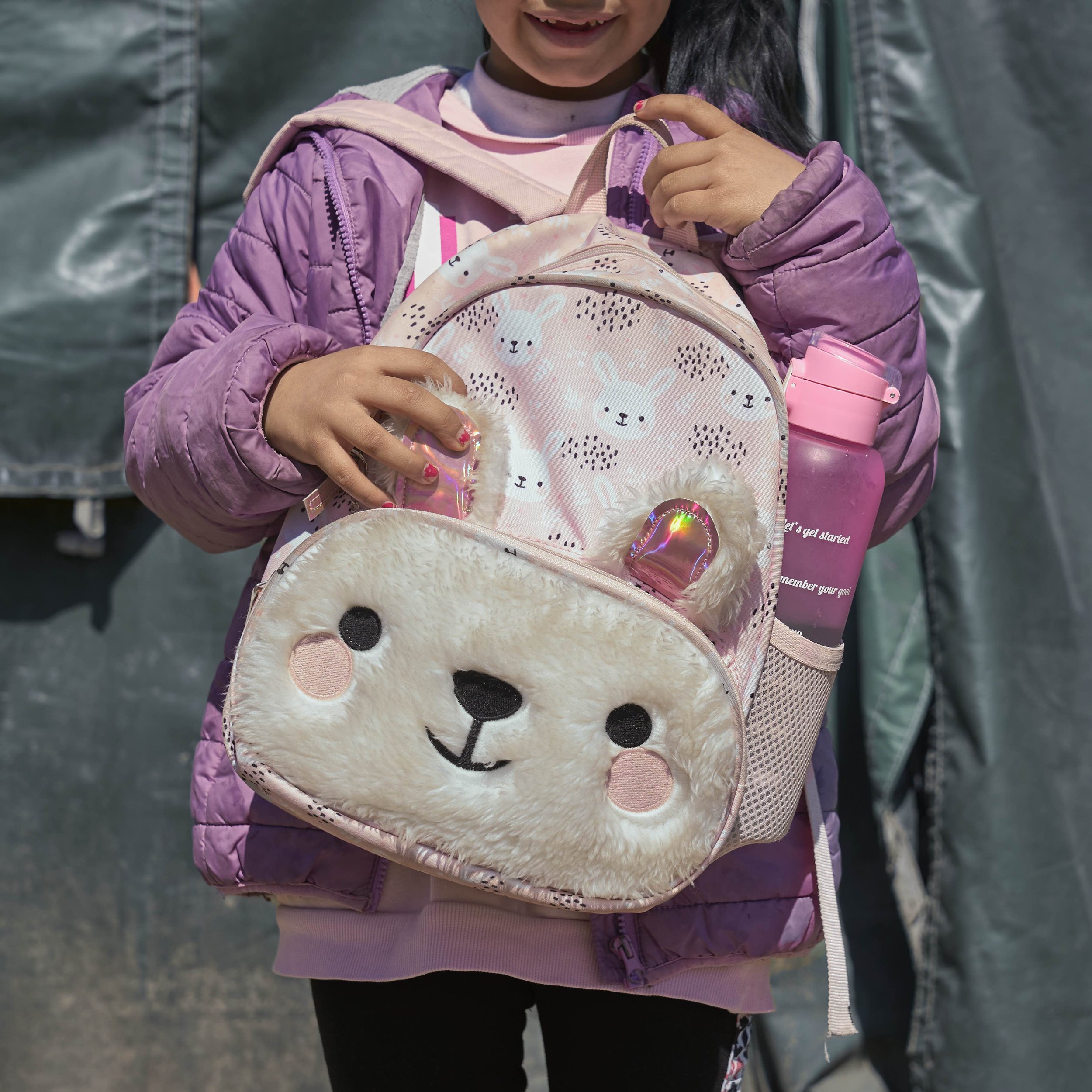
Ela, 12 years old. Kirikhan, Hatay (Turkey) - 2024
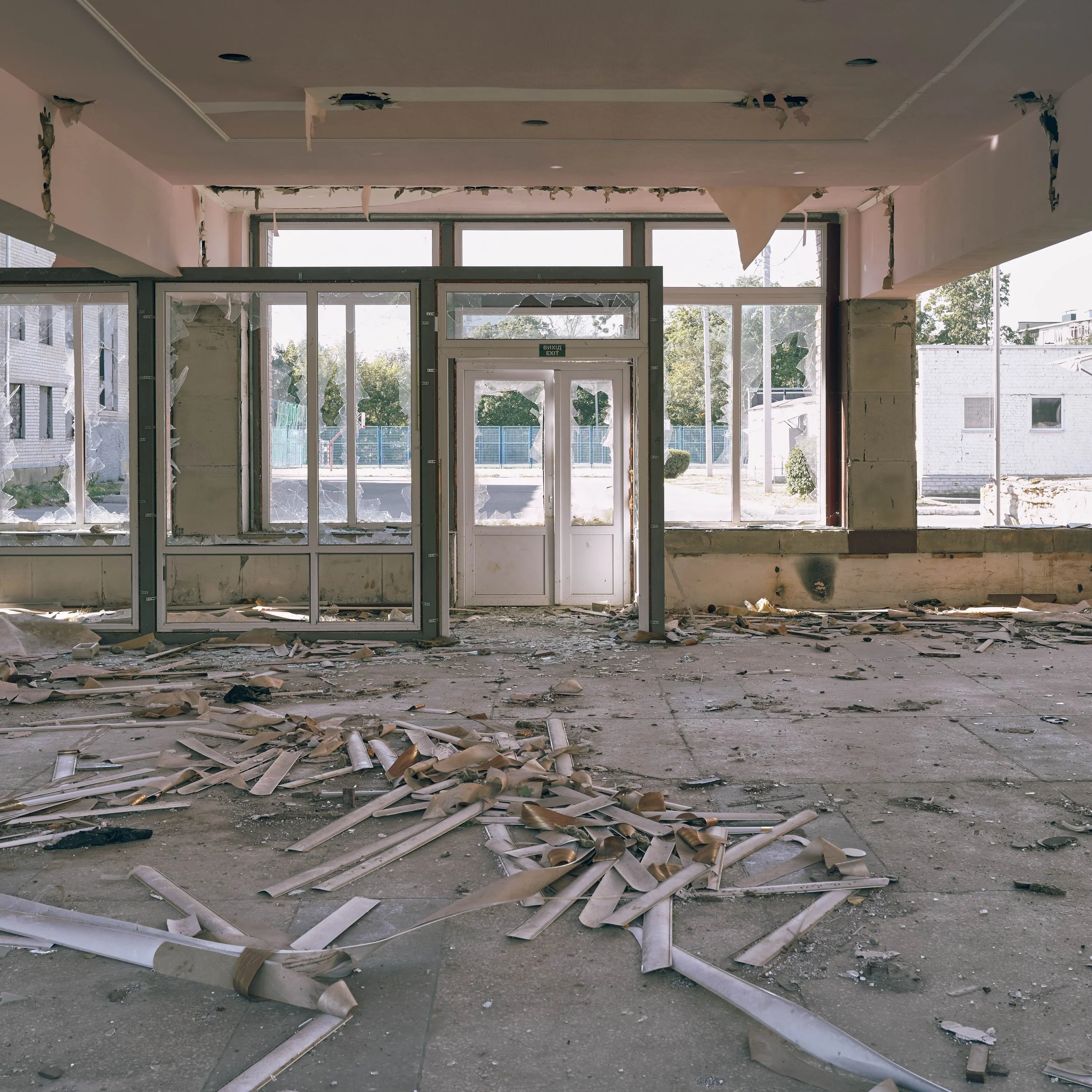
Middle school entrance hall. Common areas absorb blast damage; schools run reduced timetables with shelter classrooms. Kharkiv (Ukraine) - 2024
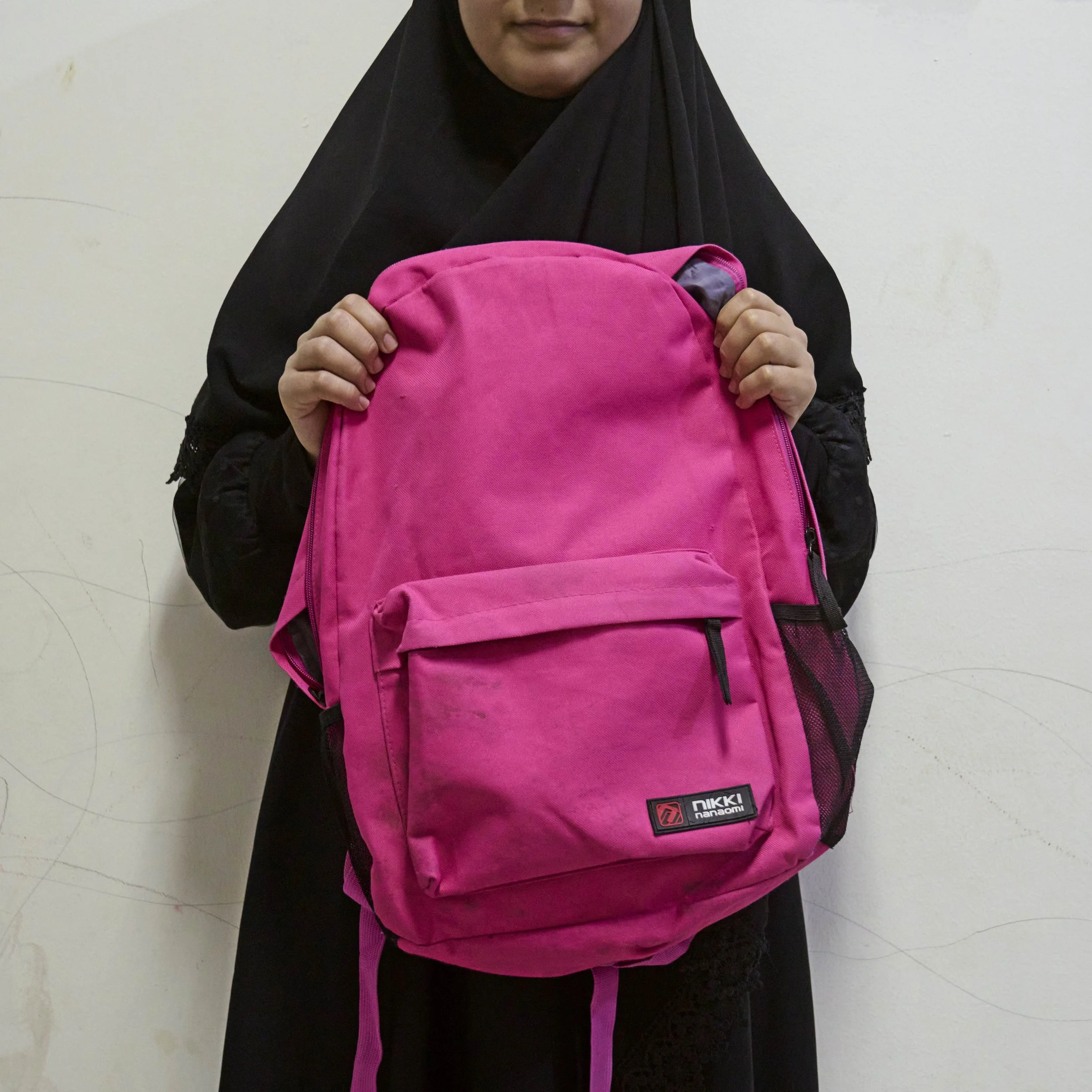
Fatima, 13 years old. Tyre (Lebanon) - 2024

Abandoned books in a kindergarten. Early-childhood centers saw repeated closures; about 1 in 10 students learned fully online. Kharkiv (Ukraine) - 2024

Nada, 14 years old. Sidon (Lebanon) - 2024

Hakan, 8 years old. Tepehan, Hatay (Turkey) - 2024
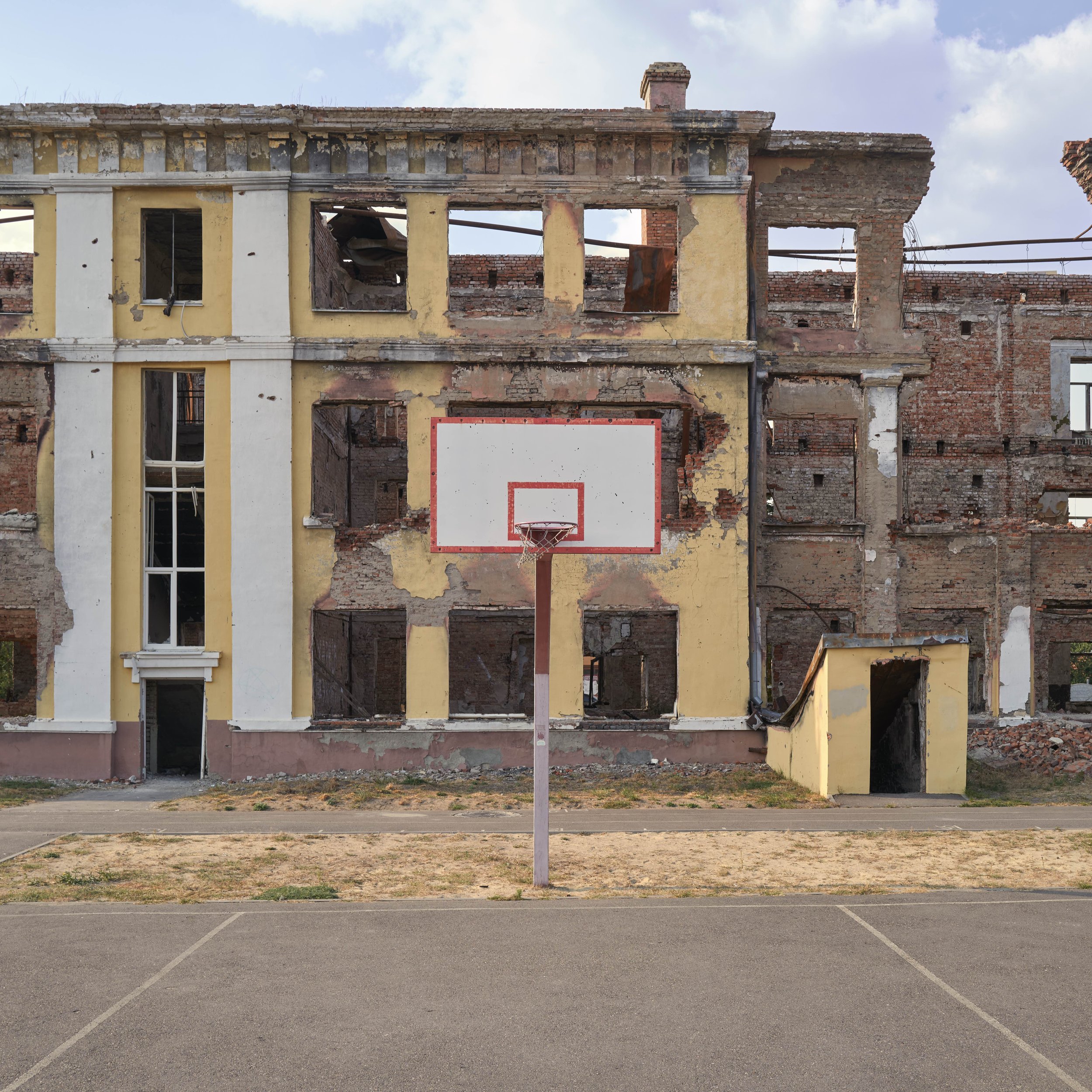
Basketball court in a schoolyard. Yards double as evacuation points and are often off-limits, cutting PE and play. Kharkiv (Ukraine) - 2024
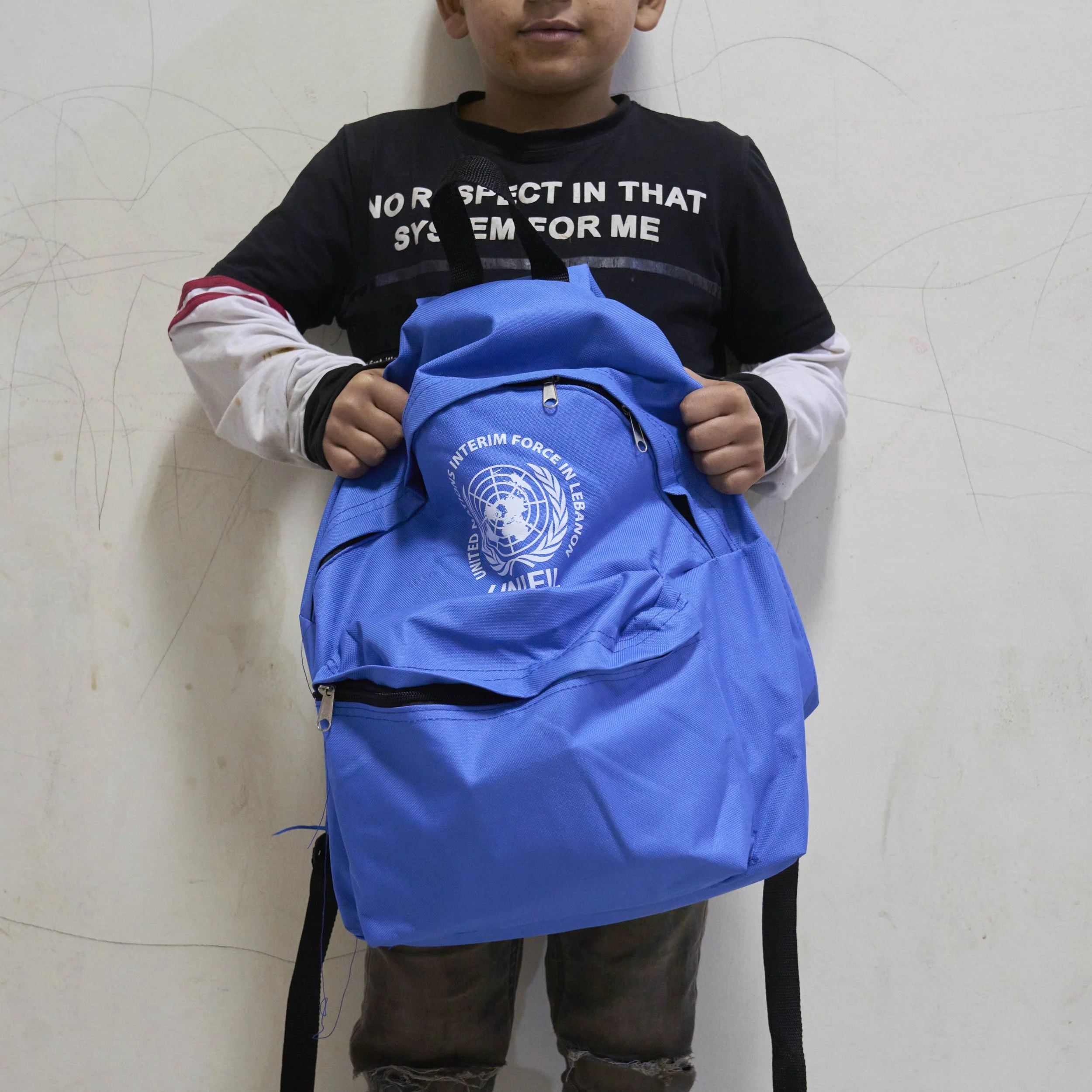
Ali, 9 years old. Tyre (Lebanon) - 2024

In southern suburb of beirut, strikes also leveled shops and restaurants. The loss of livelihoods drove displacement into public schools used as shelters, while power and water cuts forced nearby classes to pause or relocate. Beirut (Lebanon) - 2024
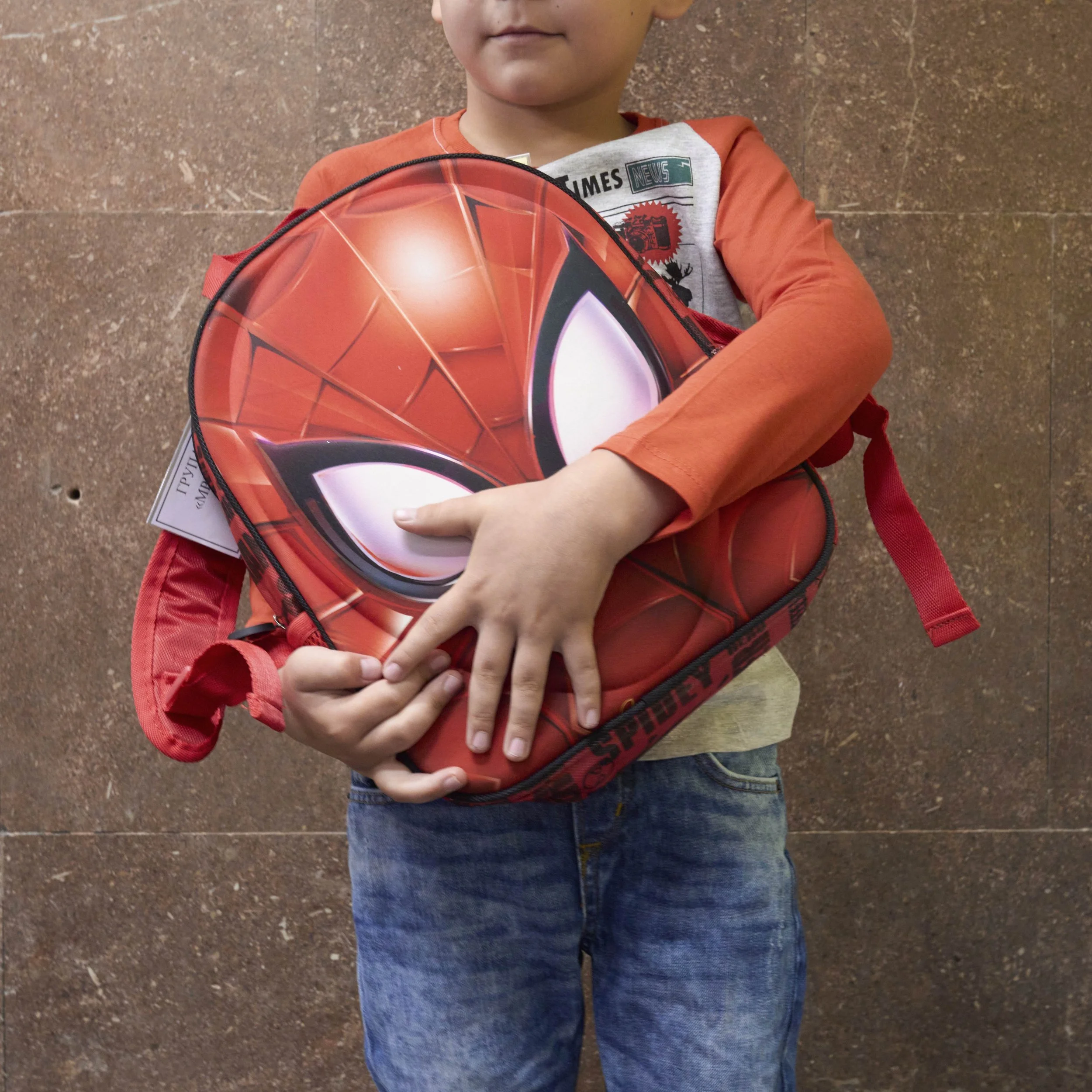
Anton, 5 years old. Kharkiv (Ukraine) - 2024

Elementary school courtyard, closed after the earthquake due to damages. The loss of safe outdoor space slowed psychosocial recovery; reopenings were partial with rotating schedules. Antakya, Hatay (Turkey) - 2024

Yryna, 7 years old. Kharkiv (Ukraine) - 2024
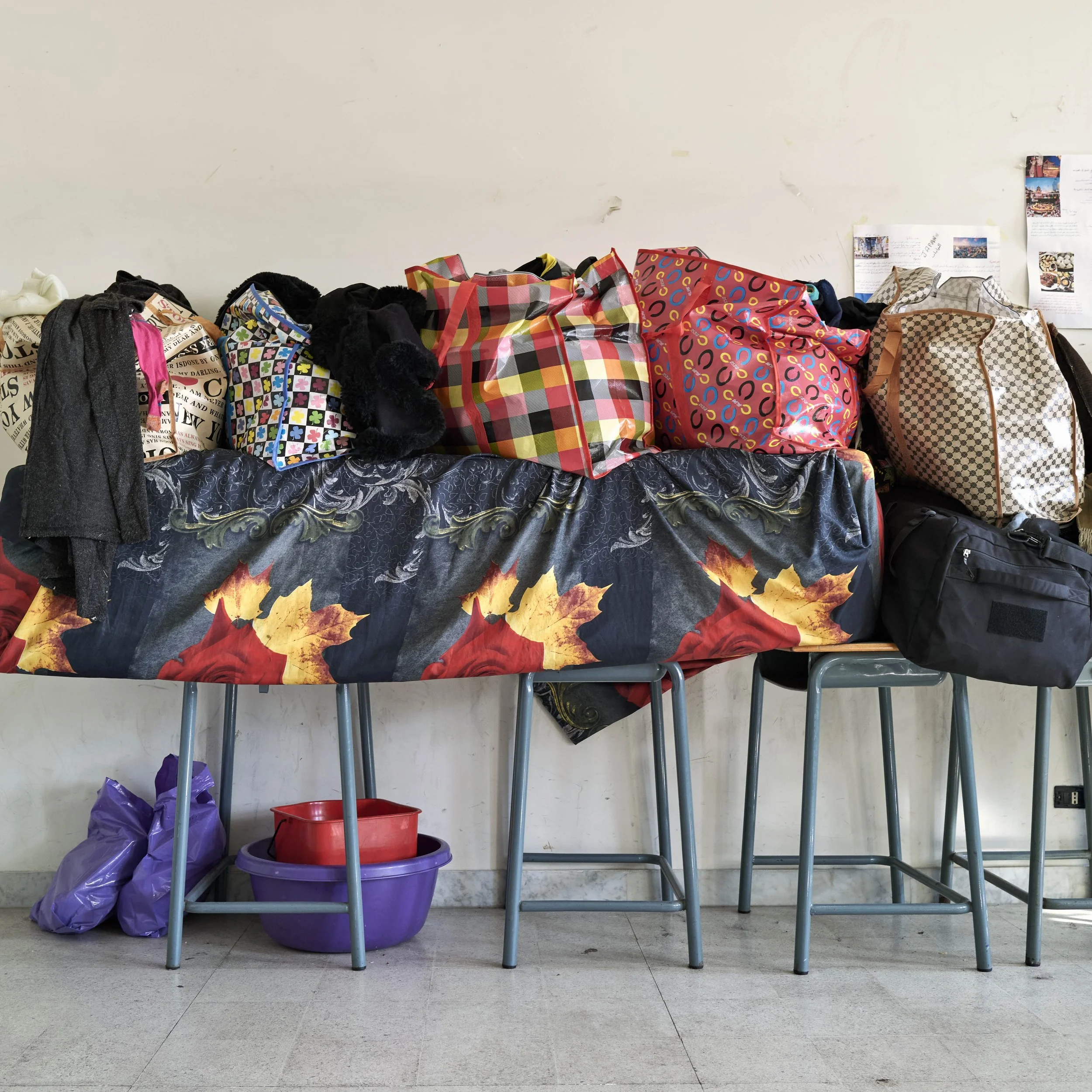
Placed on the benches are the personal belongings that the refugees managed to bring from their homes in southern Lebanon. Beirut (Lebanon) - 2024
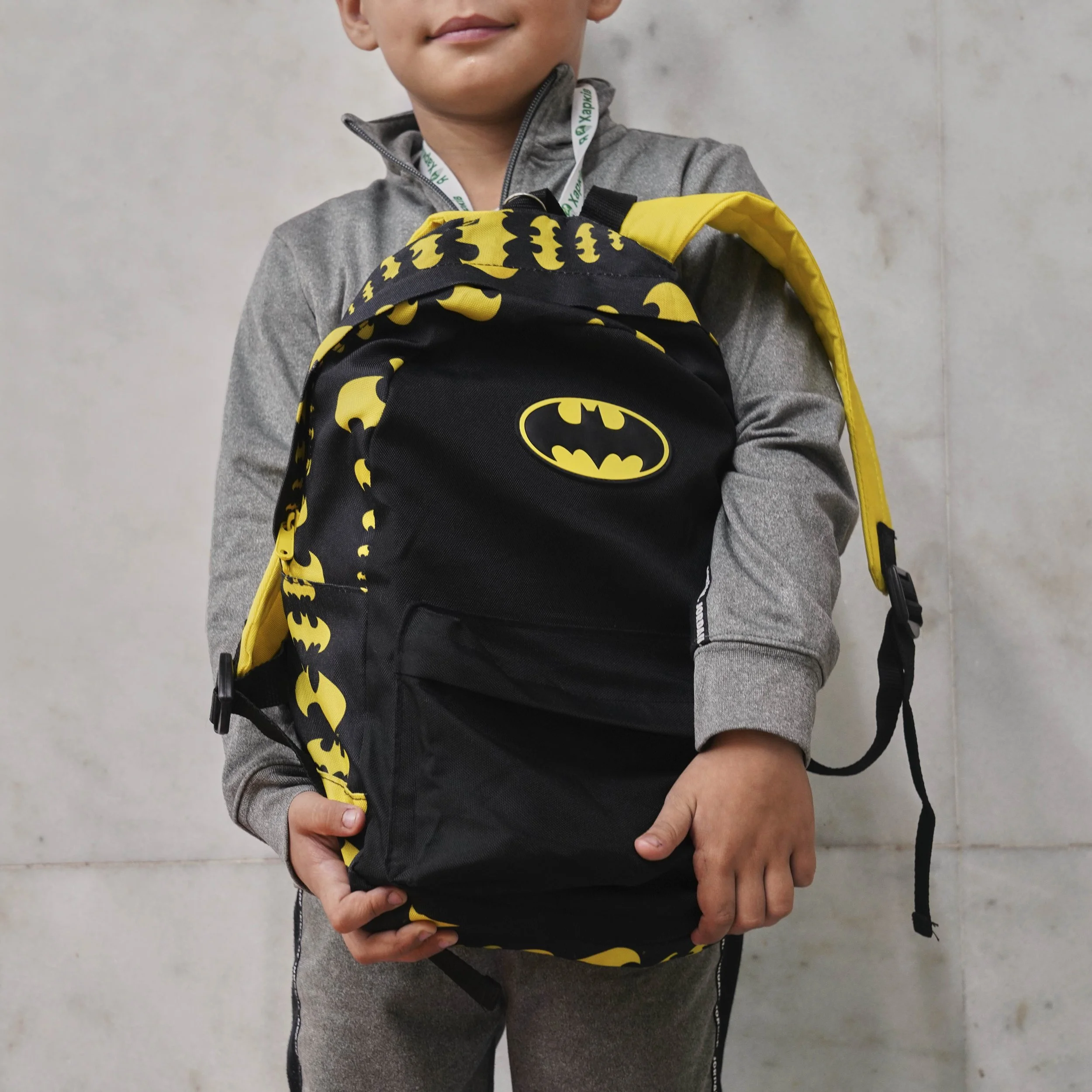
Serhei, 6 years old. Kharkiv (Ukraine) - 2024

Building destroyed by earthquake. Samandağ, Hatay (Turkey) - 2024

Halyna, 10 years old. Kiev (Ukraine) - 2024

Barricaded entrance of a school. Controlled access and rapid-shelter drills now shape daily routines and calendars. Kharkiv (Ukraine) - 2024

Mohamed, 12 years old. Sidon (Lebanon) - 2024
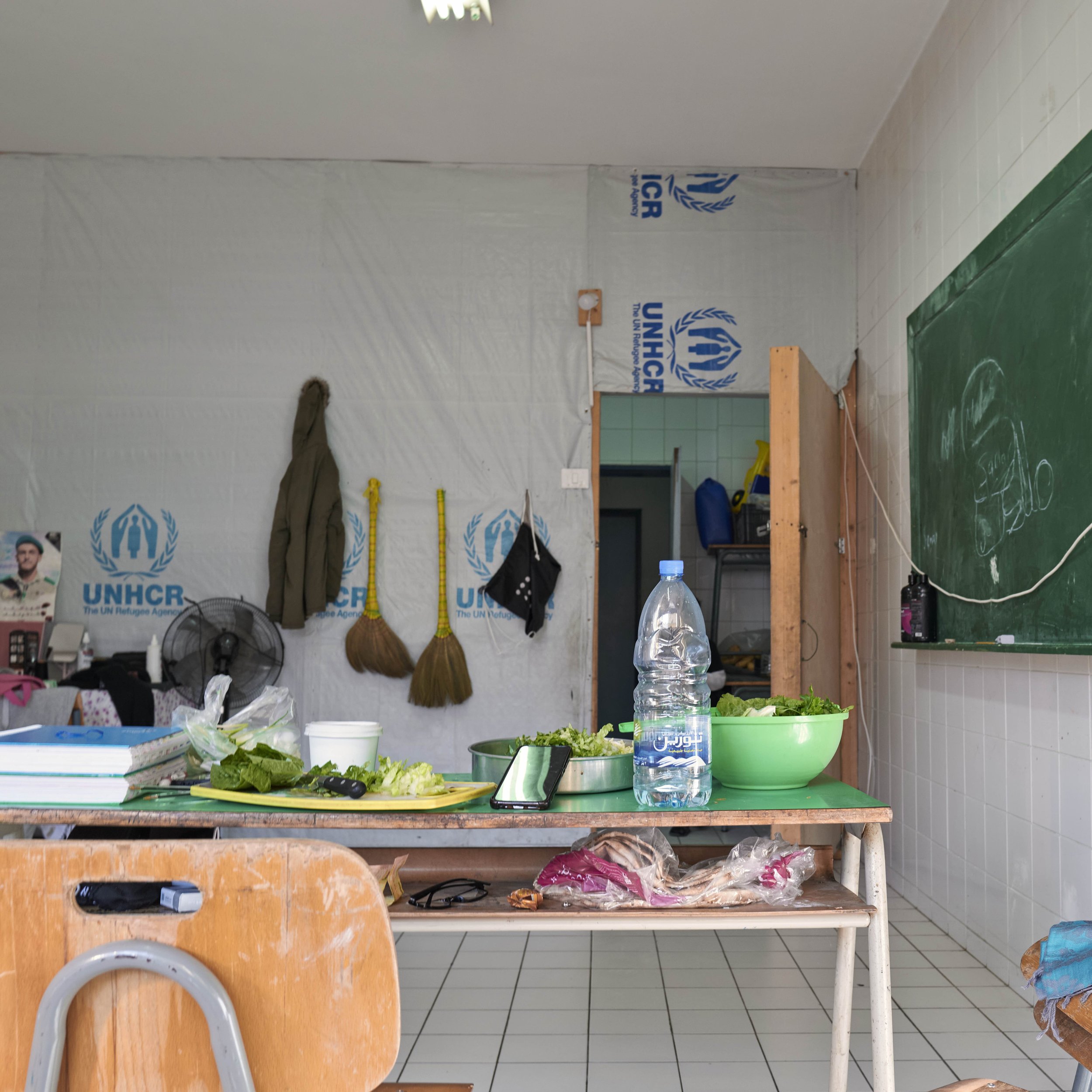
Many of the classrooms have been divided to give more privacy to the displaced families. Tyre (Lebanon) - 2024

Muhammed, 7 years old. Kirikhan, Hatay (Turkey) - 2024
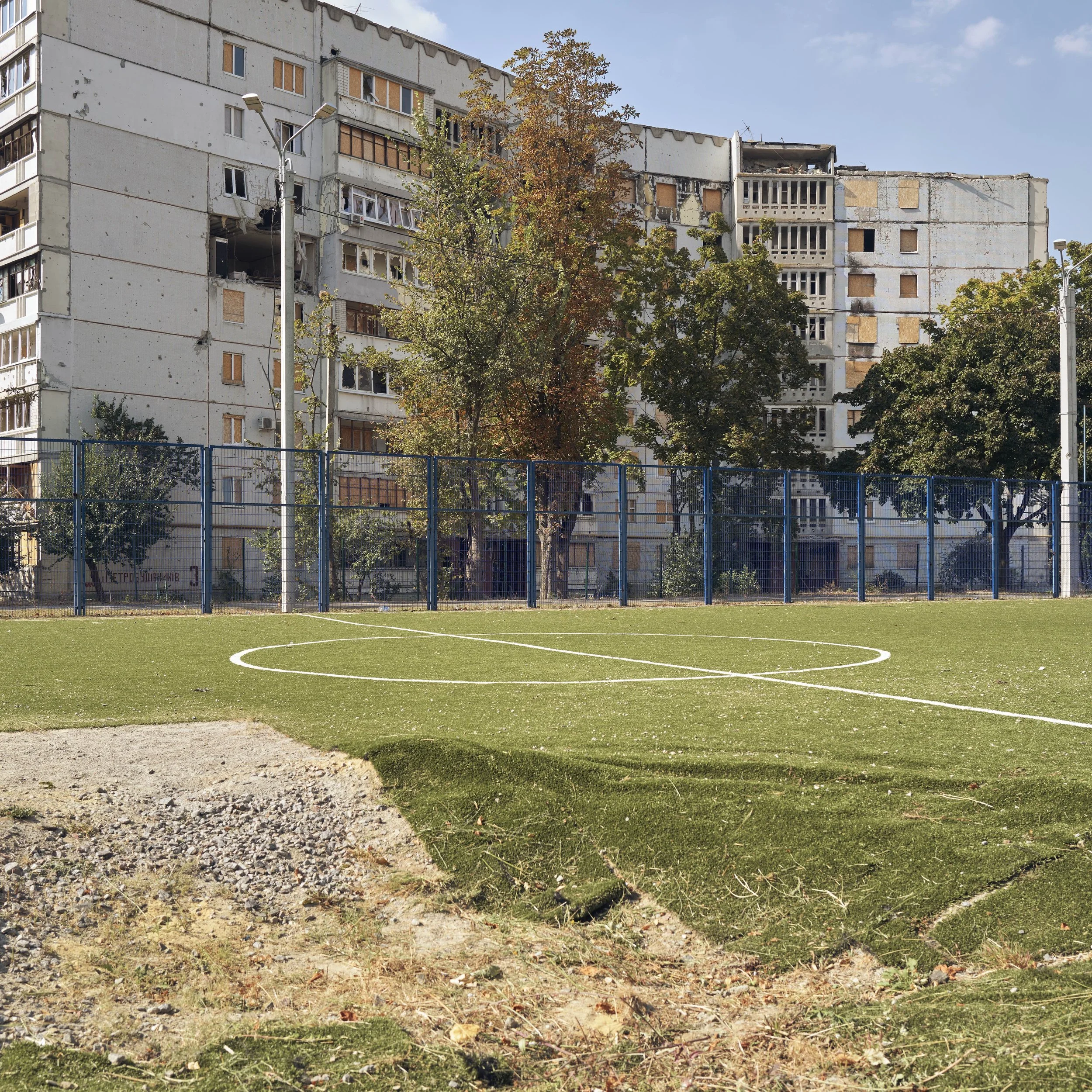
A school soccer field. Activities shift indoors or underground due to debris and UXO risk. Kharkiv (Ukraine) - 2024
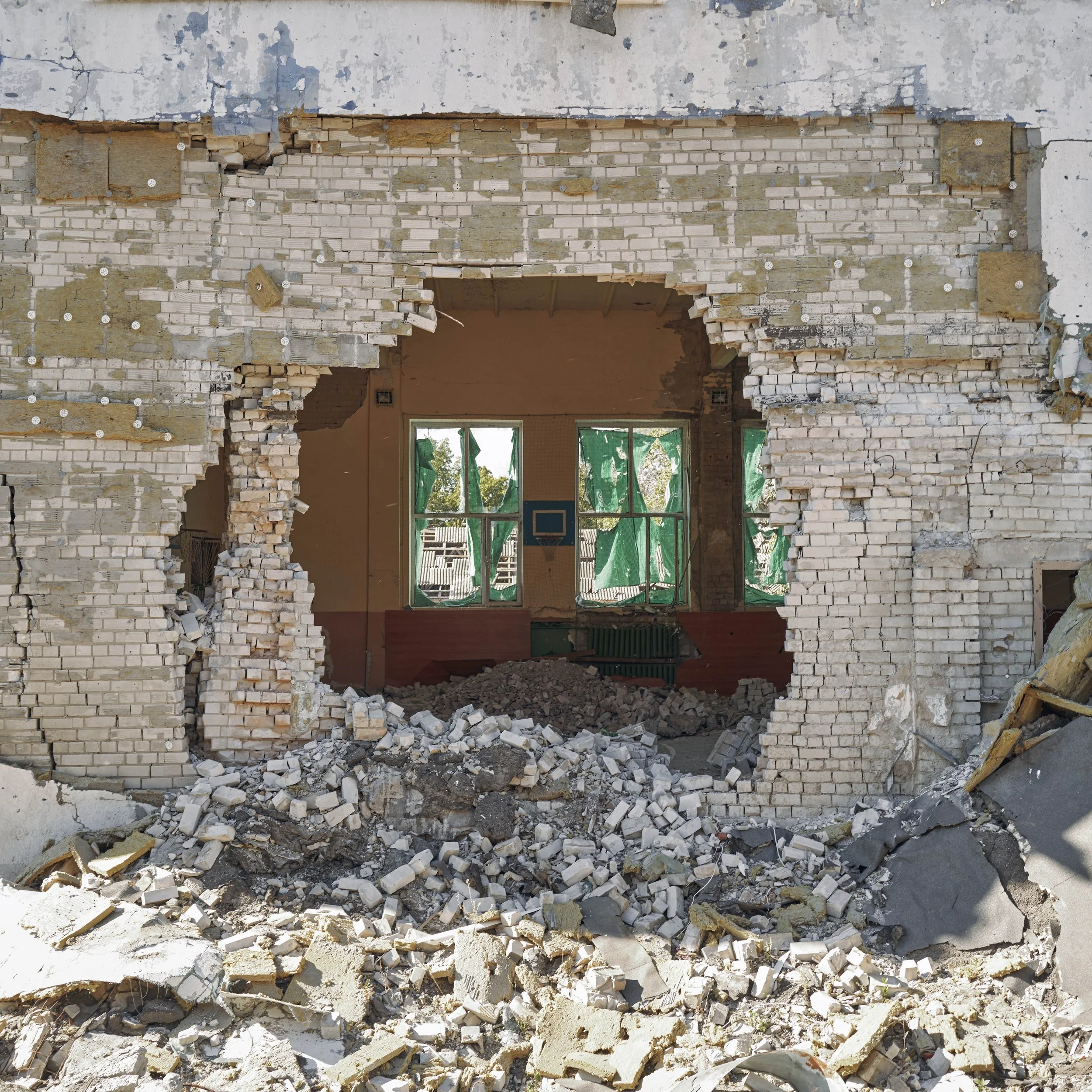
Ruins of a middle school gymnasium. Lost gyms hinder recovery and health; thousands of education facilities remain damaged. Kharkiv (Ukraine) - 2024
